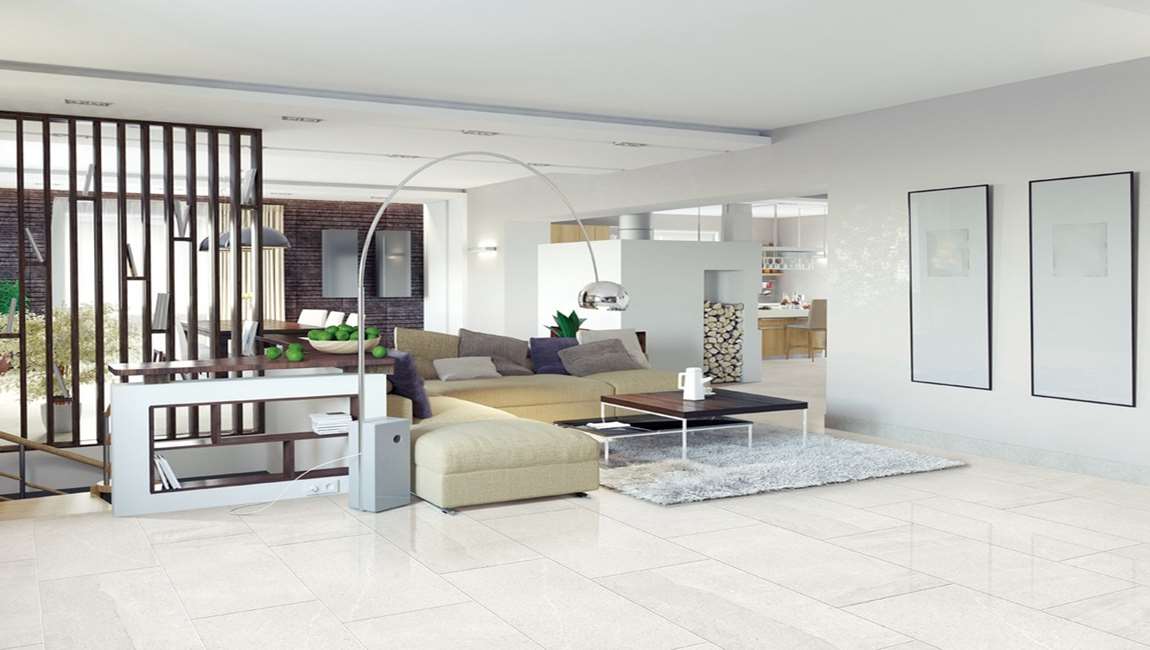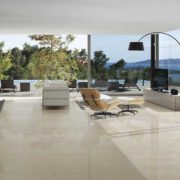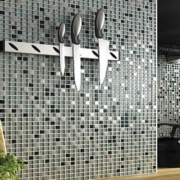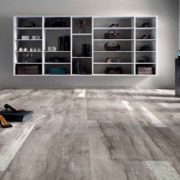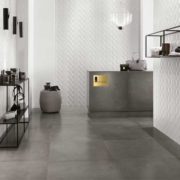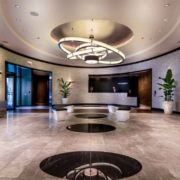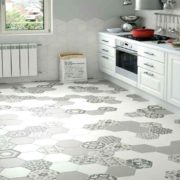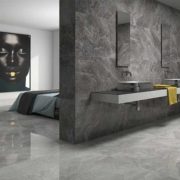Tile’s Knowledge
A tile is a thin object usually square or rectangular in shape. Tile is a manufactured piece of hard-wearing material such as ceramic, stone, metal, baked clay, or even glass, generally used for covering roofs, floors, walls, or other objects such as tabletops. Alternatively, floor tile can sometimes refer to similar units made from lightweight materials such as perlite, wood, and mineral wool, typically used for wall and ceiling applications. In another sense, a tile is a construction tile or similar object, such as rectangular counters used in playing games (see tile-based game). The word is derived from the French word tuile, which is, in turn, from the Latin word tegula, meaning a roof tile composed of fired clay.
Tiles design are often used to form wall and floor coverings, and can range from simple square tiles to complex or mosaics. Tiles are most often made of ceramic, typically glazed for internal uses and unglazed for roofing, but other materials are also commonly used, such as glass, cork, concrete and other composite materials, and stone. Tiling stone is typically marble, onyx, granite or slate. Thinner tiles can be used on walls than on floors, which require more durable surfaces that will resist impacts.
The earliest evidence of glazed brick is the discovery of glazed bricks in the Elamite Temple at Chogha Zanbil, dated to the 13th century BC. Glazed and colored bricks were used to make low reliefs in Ancient Mesopotamia, most famously the Ishtar Gate of Babylon (ca. 575 BC), now partly reconstructed in Berlin, with sections elsewhere. Mesopotamian craftsmen were imported for the palaces of the Persian Empire such as Persepolis.
The use of sun-dried bricks or adobe was the main method of building in Mesopotamia where river mud was found in abundance along the Tigris and Euphrates. Here the scarcity of stone may have been an incentive to develop the technology of making kiln-fired bricks to use as an alternative. To strengthen walls made from sun-dried bricks, fired bricks began to be used as an outer protective skin for more important buildings like temples, palaces, city walls and gates. Making fired bricks is an advanced pottery technique. Fired bricks are solid masses of clay heated in kilns to temperatures of between 950° and 1,150°C, and a well-made fired brick is an extremely durable object. Like sun-dried bricks they were made in wooden molds but for bricks with relief decorations special molds had to be made.
Medieval encaustic tiles were made of multiple colours of clay, shaped and baked together to form a patternt that, rather than sitting on the surface, ran right through the thickness of the marble tile, and thus would not wear away.
Medieval Europe made considerable use of painted tiles, sometimes producing very elaborate schemes, of which few have survived. Religious and secular stories were depicted. The imaginary cement tiles with Old testament scenes shown on the floor in Jan van Eyck’s 1434 Annunciation in Washington are an example. The 14th century “Tring tiles” in the British Museum show childhood scenes from the Life of Christ, possibly for a wall rather than a floor,[5] while their 13th century “Chertsey Tiles“, though from an abbey, show scenes of Richard the Lionheart battling with Saladin in very high-quality work.[6] Medieval letter wall tiles were used to create Christian inscriptions on church floors.


